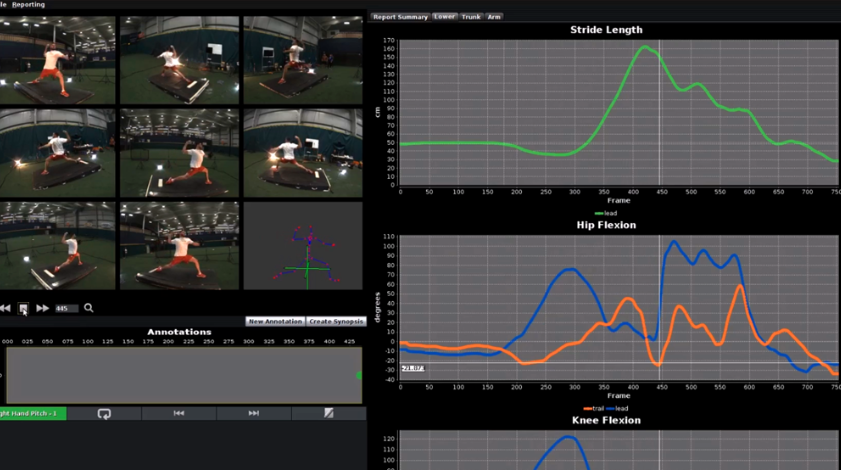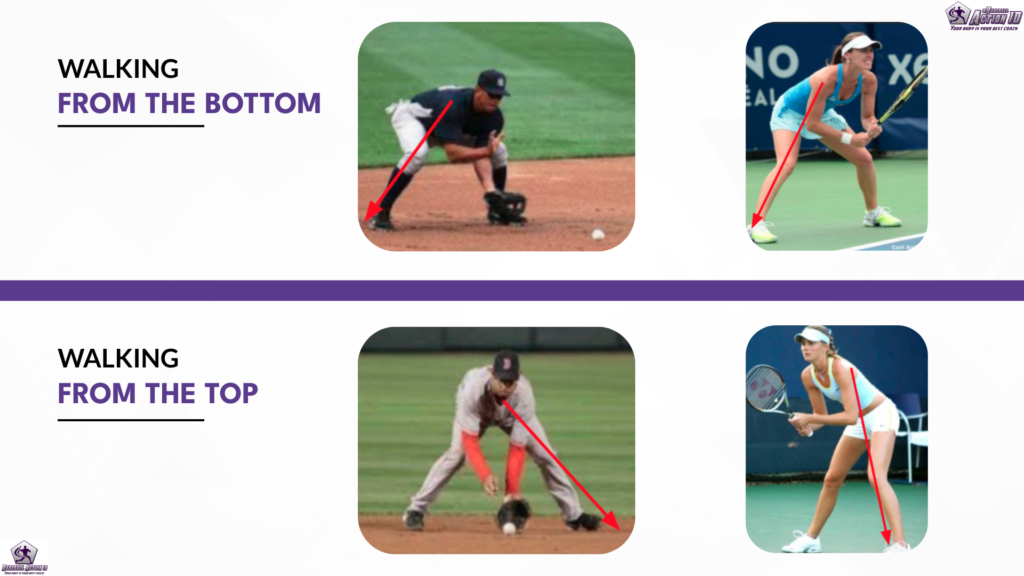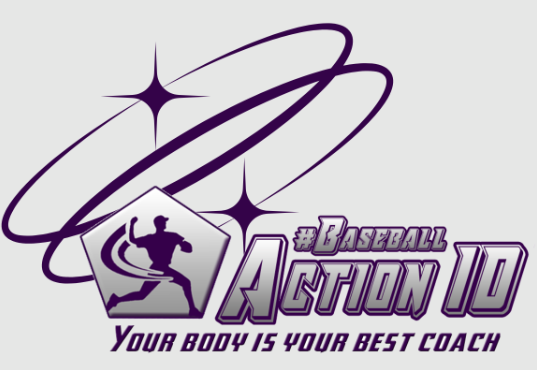Beyond Perfect Technique: Embracing Individuality in Athlete Training
For decades, experts have been searching for the perfect way to perform actions, especially focusing on biomechanical principles. Coaches then use these principles to train athletes in both technique and physical conditioning. But is there such a thing as the perfect technique? Just look at the world’s top athletes in various sports, and you’ll find a wide variety of movement styles, none of which can be definitively labelled as more successful or better than the others.

Biomechanics teaches us, for example, that a wheel covers more distance on its outer edge than closer to its axis in the same amount of time. This means that the speed is higher on the outer edge. Applying this principle, a baseball batter should ideally hit the ball farther from their body to achieve a higher bat speed.
“In our sport, bat speed is crucial,” one might say, but what good is the general biomechanical principle if it doesn’t suit your style of movement and you don’t feel comfortable with it? Mike Traut and Aaron Judge, two of the top hitters in contemporary baseball, are perfect examples of this. Judge benefits from finer motor skills and hitting the ball farther from his body, while Traut, on the other hand, prefers hitting closer to his body with more gross motor skills.
In short, two players with different movement styles require tailored individual technique development and movement strategies.
In addition to the dimension of closer to the body versus farther from the body, individual differences also manifest in dimensions such as:
– Forward-backward
– Left-right
– Low-high
An example of the latter is the differences in starting positions among infielders. One player starts from a lower position, while another starts from a higher one, aiming to arrive at a similar point when the batter makes contact with the ball.

